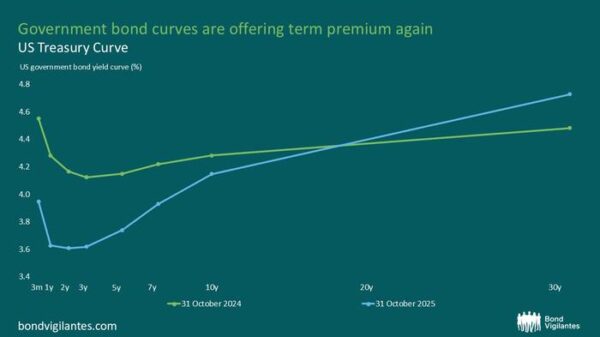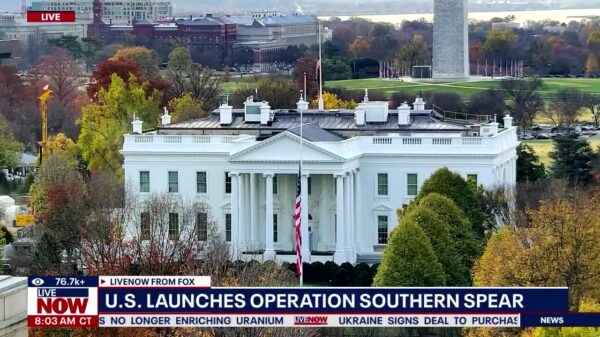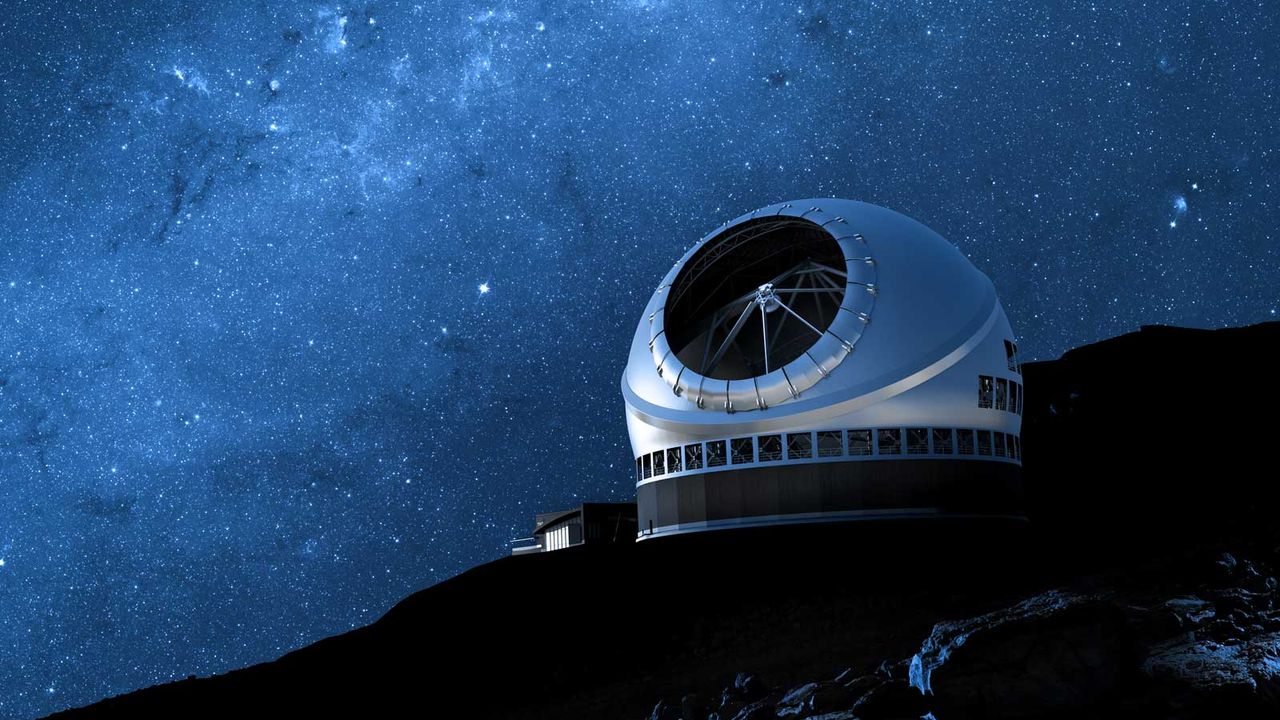The Spanish government has pledged up to €400 million (approximately $471 million) to save the Thirty Meter Telescope (TMT), a significant astronomical observation project at risk of cancellation following proposed budget cuts by the U.S. government. This announcement was made on July 23, 2023, by Diana Morant, Spain’s Minister of Science, Innovation and Universities.
Morant stated, “Spain wants and can be the home of the future of astronomy and astrophysics. We have the capacity and the political will to do so.” The TMT was initially set to be constructed on Mauna Kea, a mountain in Hawaii renowned for its excellent observing conditions. It is already home to numerous large telescopes, including the Keck Observatory. However, recent developments have cast doubt on the TMT’s future, particularly due to the fiscal year 2026 (FY26) budget proposal from the administration of former President Donald Trump. The proposal seeks to eliminate funding for the TMT from the National Science Foundation (NSF).
In response, the Spanish government has offered substantial financial backing to relocate the project to the island of La Palma in the Canary Islands. Morant emphasized that the completion of the TMT would not only involve its construction but also lead to decades of scientific operations, the creation of skilled jobs, and an economic boost for La Palma.
The TMT has faced challenges before, including earlier pressures on the NSF to limit investments in large ground-based telescopes. Currently, the TMT is in competition with another significant project, the Giant Magellan Telescope (GMT), which is being developed in Chile. Both telescopes are designed to complement each other by observing different hemispheres of the sky.
Trump’s NSF budget proposal explicitly allows the GMT to proceed to the “final design phase,” while the TMT’s progress remains uncertain. The document states that moving to the final design phase does not guarantee construction approval or additional funding. This uncertainty extends not only to the TMT but also to other major scientific projects, including potential cuts to the Laser Interferometer Gravitational-wave Observatory (LIGO) and the Daniel K. Inouye Solar Telescope (DKIST).
Morant highlighted Spain’s commitment to scientific advancement during these challenging times, stating, “While some countries are cutting back on investments in science and even denying it, Spain is a haven for science, the home of scientists seeking to advance and develop their projects.”
The potential relocation of the TMT may also alleviate tensions surrounding its initial site. Mauna Kea is considered sacred by many native Hawaiians, and the presence of multiple telescopes has sparked controversy in the region. Protests against the TMT construction have occurred since 2014, reflecting deep-rooted cultural concerns.
In light of these developments, Morant expressed the Spanish government’s renewed commitment to supporting major scientific infrastructures, saying, “Faced with the risk of paralyzing this major international scientific project, the Spanish government has decided to act with a redoubled commitment to science and major scientific infrastructures for the benefit of global knowledge.”
As Spain steps forward with its ambitious offer, the fate of the Thirty Meter Telescope remains contingent on the evolving landscape of international scientific funding and political will.








































































